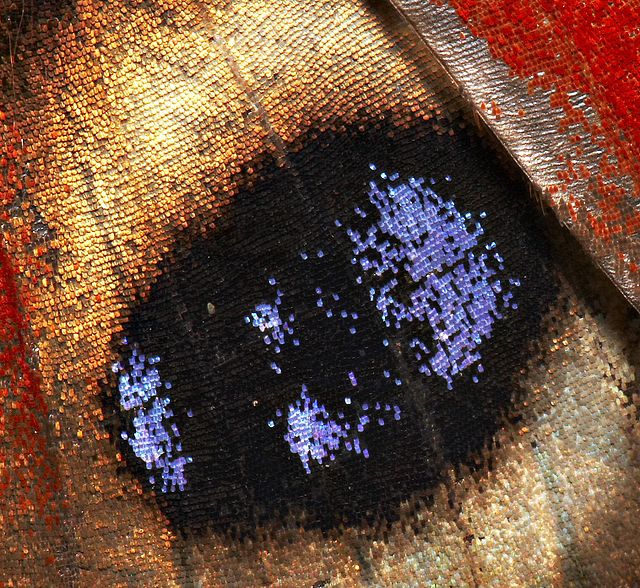Skippers are a group of butterflies placed in the family Hesperiidae within the order Lepidoptera. They were previously placed in a separate superfamily, Hesperioidea; however, the most recent taxonomy places the family in the superfamily Papilionoidea, the butterflies. They are named for their quick, darting flight habits. Most have their antenna tips modified into narrow, hook-like projections. Moreover, skippers mostly have an absence of wing-coupling structure available in most moths. More than 3500 species of skippers are recognized, and they occur worldwide, but with the greatest diversity in the Neotropical regions of Central and South America.
Skipper (butterfly)
Western blue policeman (Pyrrhiades lucagus)
Grass Skipper Butterfly atalopedes campestris
Red-underwing skipper (Spialia sertorius
Butterflies are winged insects from the lepidopteran suborder Rhopalocera, characterized by large, often brightly coloured wings that often fold together when at rest, and a conspicuous, fluttering flight. The group comprises the superfamilies Hedyloidea and Papilionoidea. The oldest butterfly fossils have been dated to the Paleocene, about 56 million years ago, though they likely originated in the Late Cretaceous, about 101 million years ago.
Butterfly
Possibly the original butter-fly. A male brimstone (Gonepteryx rhamni) in flight.
A zoomed in view of the wing scales on a Aglais io, or peacock butterfly.
Unlike butterflies, most moths (like Laothoe populi) fly by night and hide by day.








